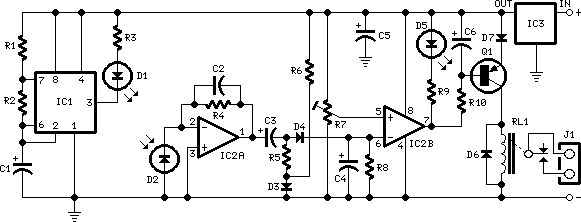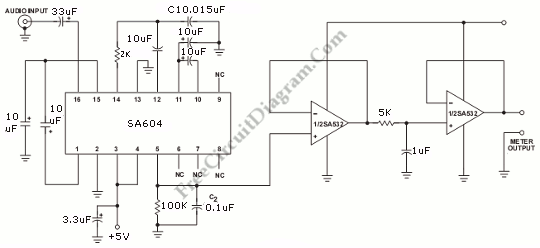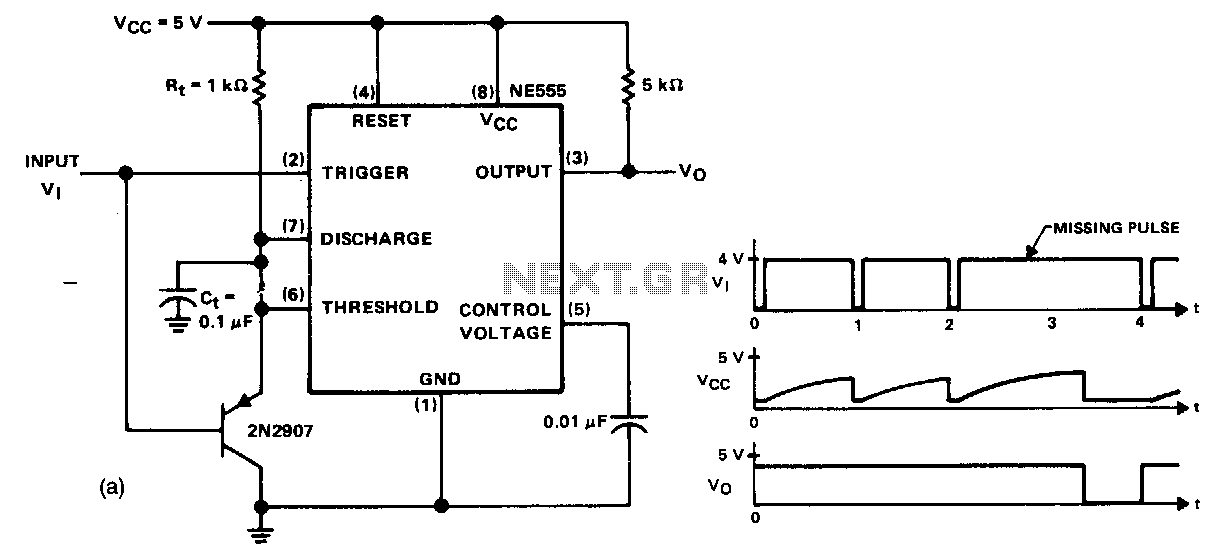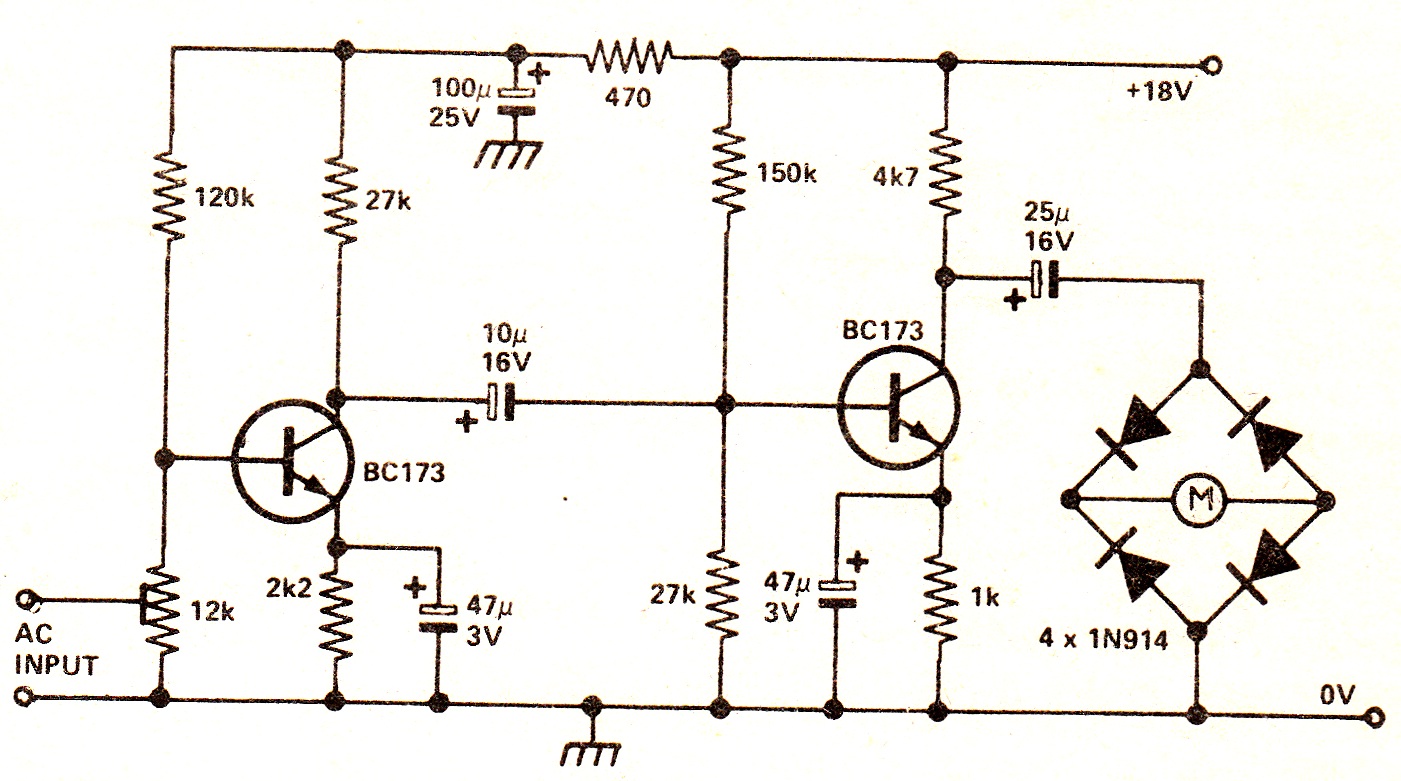
Infra-Red Level Detector

This circuit is beneficial for liquid level detection and proximity sensing, with a range of up to 50 cm. It also features optional relay operation.
The circuit operates on the principle of capacitive sensing or ultrasonic distance measurement, allowing it to detect the presence of liquids or objects within the specified range. The main components typically include a sensor (such as an ultrasonic transducer or capacitive sensor), a microcontroller or comparator circuit to process the input signals, and an optional relay module for controlling external devices based on the detection results.
In the case of an ultrasonic sensor, it emits sound waves that bounce off the surface of the liquid or object and return to the sensor. The time taken for the echo to return is measured, and this information is used to calculate the distance to the object. This method is effective for non-contact level measurement.
For capacitive sensing, the circuit detects changes in capacitance caused by the presence of a liquid or object near the sensor. This approach is particularly useful for detecting various liquid levels without direct contact, minimizing contamination risks.
The optional relay operation allows the circuit to control external systems, such as pumps or alarms, based on the detected level or proximity. When the sensor detects that the liquid level has reached a certain threshold, the microcontroller can activate the relay, which in turn can switch on a pump to fill or empty a container, or trigger an alarm to signal a high or low level condition.
Overall, this circuit is versatile and can be adapted for various applications, including water level monitoring, liquid dispensing systems, and proximity sensing in industrial or home automation environments.Useful for liquids level detection and proximity devices, Up to 50 cm. range, optional relay operation This circuit is useful in liquids level or proximit.. 🔗 External reference
The circuit operates on the principle of capacitive sensing or ultrasonic distance measurement, allowing it to detect the presence of liquids or objects within the specified range. The main components typically include a sensor (such as an ultrasonic transducer or capacitive sensor), a microcontroller or comparator circuit to process the input signals, and an optional relay module for controlling external devices based on the detection results.
In the case of an ultrasonic sensor, it emits sound waves that bounce off the surface of the liquid or object and return to the sensor. The time taken for the echo to return is measured, and this information is used to calculate the distance to the object. This method is effective for non-contact level measurement.
For capacitive sensing, the circuit detects changes in capacitance caused by the presence of a liquid or object near the sensor. This approach is particularly useful for detecting various liquid levels without direct contact, minimizing contamination risks.
The optional relay operation allows the circuit to control external systems, such as pumps or alarms, based on the detected level or proximity. When the sensor detects that the liquid level has reached a certain threshold, the microcontroller can activate the relay, which in turn can switch on a pump to fill or empty a container, or trigger an alarm to signal a high or low level condition.
Overall, this circuit is versatile and can be adapted for various applications, including water level monitoring, liquid dispensing systems, and proximity sensing in industrial or home automation environments.Useful for liquids level detection and proximity devices, Up to 50 cm. range, optional relay operation This circuit is useful in liquids level or proximit.. 🔗 External reference





